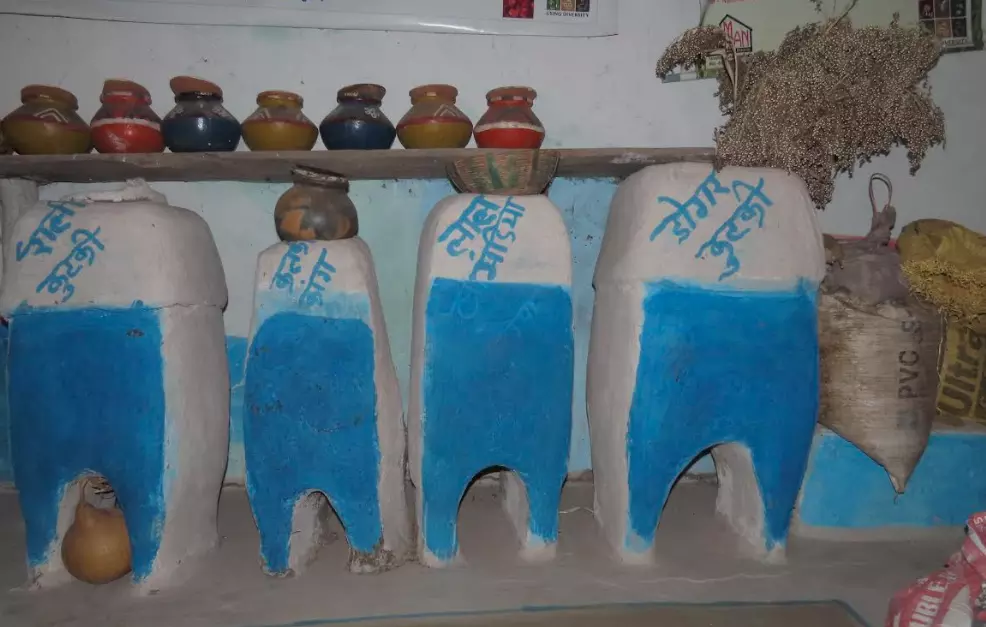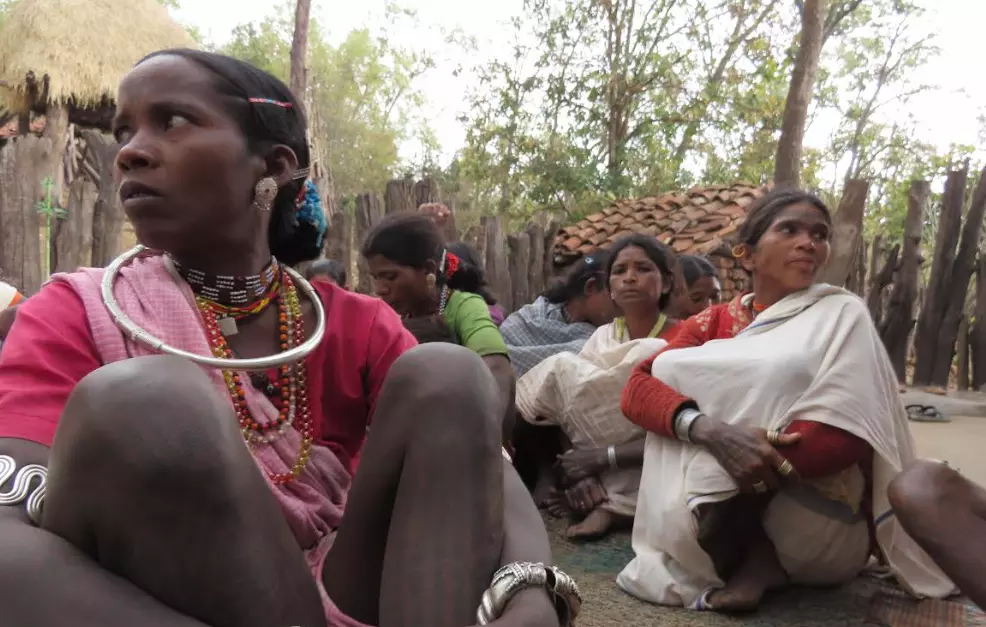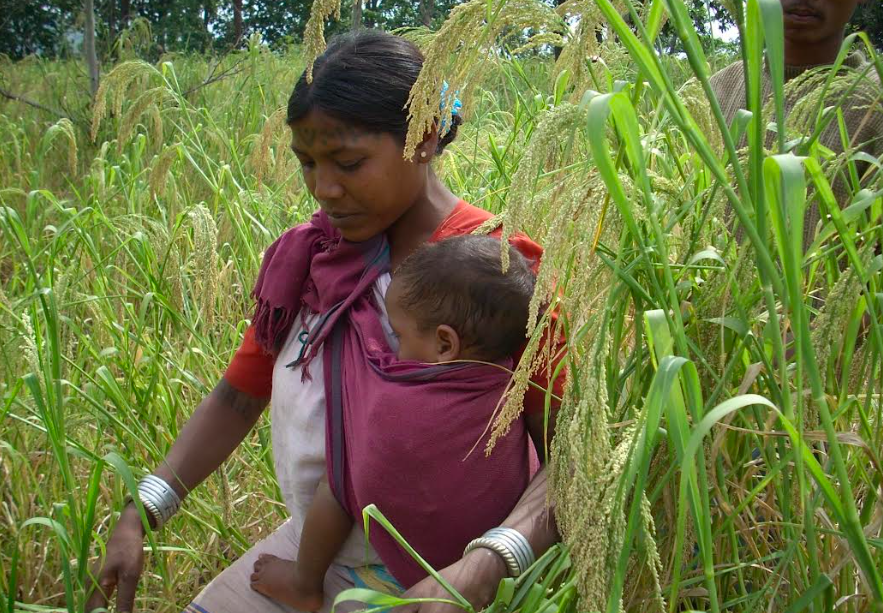MP: Primitive tribe Baigas, the guardian of millet crops
Bhopal: The unique farming practice by Baigas, a primitive tribe of India, has contributed immensely to the preservation of millet crops, billed as the future food grains of the world in view of climate change.
The forest dwellers have developed the ‘most diversified farming system’ involving cultivation of no less than over four dozen millet crops, and pulses in their agriculture lands at a time.
“Baigas are known for their unique farming tradition, being practiced since time immemorial. It is the most diversified farming system adopted by any farming community in India.
Baiga farmers are often seen cultivating as many as 52 varieties of millet crops at a time in their agriculture lands”, noted ethnologist Naresh Biswas who has been working in the tribal areas of Central India particularly among the Baigas told this newspaper on Friday.
Almost all the millet crops are being cultivated in the Baiga dominated regions in the districts of Dindori, Mandla and Balaghat in Madhya Pradesh, he said.
No wonder, the coarse grains have become an inseparable part of their culture playing a significant role in wedding rituals, and festivals and finding strong imprints in their folk songs.
A Baiga folk song says, “Kutaki kutela barik dana, ragelin moriya jo bhar re, kon bhauji kute sanva hareni , kon bhauji kute sanva raseni..” which translated loosely into English says ‘When a guest visits a Baiga family, he first asks which brother-in-law is pounding the little millet’.
Kodo and Kutki millets are the staple diet of a Baiga like rice and roti for the urban dwellers, Shivalik Biswas, who is doing filmmaking fellowship, told this newspaper.
Different millet crops have different maturity periods and hence, each millet crop has its own harvesting time.
The sowing season for a Baiga farmer begins in June-July and the harvesting period ends by September.
Ms Biswas has made a documentary on the life of Phuljhari Bai, a Baiga woman who set up a millet seed bank in her village of Gaura Kanhari, close to Kanha National Park, in Dindori district.
The documentary is scheduled to be screened in the two-day tribal film festival, organised by the Central India Green Hub, commencing here on Saturday.
A significant part of the heritage farming culture of the tribe group is sharing of millet seeds among them during the sowing season which has helped preservation of many millet crops over the period, Dr D G K Gotu, director, research services, Jawaharlal Nehru Agriculture University, Jabalpur, in Madhya Pradesh, told this newspaper.
Interestingly, the responsibility of preserving millet seeds has even been taken up by the Baiga women by setting up seed banks in their houses.
Leher Bai of Silperia village in Dindori district shot into fame when Prime Minister Narendra Modi highlighted her efforts of preserving millet seeds by setting up a seed bank in her one-room house, recently.
Another Baiga woman, Phuljharia Bai, has also set up a millet bank in her village.



